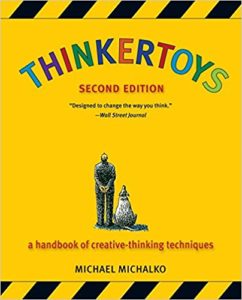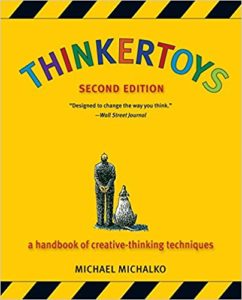
List the various attributes of a problem and work on one attribute at a time.
- comprehensive as possible
- quantity is more important at this point
Some common ways to describe attributes are descriptive, process, function, social, price and ecological.
Common descriptive attributes are: substance, structure, color, shape, texture, sound, taste, odor, space, and density.
Common process attributes are: marketing, manufacturing, selling, function, and time.
Common social attributes are: responsibilities, politics, and taboos.
Common price attributes are: cost to manufacturer, wholesaler, retailer, and consumer.
For example:
Attributes of a “YouTube video”:

- story
- views
- length
- actor
- production time
- style
To produce a better video, focus on each specific attribute and try to improve it.
Do audience like this type of story? Could I improve the views of this video?
How about the actor? Could the video be delivered on time?
By examining the “video” as a separate attribute , we could move away from our stereotypic label of a video and come up with a better video.
Related article:
